About the Blog: This article is a part of our Spiti valley Road trip series on our blog. In our previous blogs we had shared our experiences of Sarahan and Kalpa. In this blog, we are going to share our experiences about finding our zen at Nako Lake, unearthing the magnificence of Tabo Monastery and unraveling the mystery of Gue Mummy Stupa.
Is that a lot of words? Well, the experience of visiting these places was simply out of the world. While I was quite speechless a number of times during our journey, I thought to be a bit verbose here in the blog.
We have also shared a comprehensive Spiti Valley Travel Guide and a most common Spiti Valley itinerary. While you will get an overview of all the places to visit in Spiti Valley in our travel guide, for more details about the places, you have to read the blog about individual places.
The Journey Begins – Kalpa to Nako
We had woken up to a breathtaking sunrise at Kalpa. After breakfast, we started our journey towards Nako, located just at the border of Kinnaur and Spiti Valley.
We were driving through the Hindustan-Tibet Road, dubbed to be one of the most treacherous roads in India. The views from the window seat were amazing as usual.

Soon we reached Khab, the confluence of the Sutlej and Spiti Rivers. This is the place for a photo stop. After clicking some pictures, we crossed the Khab Bridge and carried on our journey towards Spiti Valley. The Spiti River now seems to keep us company.

The landscape was changing soon we left Kalpa and Reckong Peo, and after Khab it was more rugged with the green diminishing giving way to browns and ochres. It took us about 4 hours to reach Nako after taking a few photography stops on the way.
Nako

Nako is a small village located at an altitude of 3662 meters (11893 feet) in the Pooh sub-division of Kinnaur district and happens to be the last major settlement in Kinnaur valley before entering Spiti Valley. Located at the border of Spiti, Nako village is geographically and culturally more similar to Spiti than Kinnaur. In fact as we were entering Nako, we could see more mud houses instead of wooden houses found in Kalpa. The landscape was more like that of the cold desert of Spiti. And people greeted us with Julley instead of Namaste!
Nako village is built around the Nako Lake. In fact, the village had moved locations to be closer to the lake from the opposite side of the river bank. Nako Lake is considered to be quite sacred among the villagers.
Nako is absolutely peaceful. You will feel the serenity in yourself once you are at Nako. The area around Nako is known as Hangrang Valley and you will get the intimidating views of Reo Purgyil (22362 feet)., the highest peak in Himachal Pradesh.

We reached Nako sometime around noon. As soon as we reached the small market-like area, we saw a signboard pointing towards Nako Lake. We got down from our car and walked towards Nako Lake. The first thing that we noticed were the terraced mud houses. These are quite similar to those that we had seen at Zanskar the previous year.
We had to climb down a few steps to reach Nako Lake.
Places to visit in Nako
Nako Lake

This is the major attraction of Nako. While the lake is much smaller than many other lakes in the trans-Himalayan region, Nako Lake is an integral part of the community and culture of the village. Located at a height of 11,929 feet, the lake lies on the slopes of Reo Purgyal mountain ranges. The lake is surrounded by willow and poplar trees and looks absolutely calming. A long prayer flag is seen fluttering in the wind across the lake.
During the day, Nako Lake looks green. We could see the snow-capped mountain ranges on one side of the lake and the village was on the other side.

We sat by the lake for some time. While we were taking photographs, some local ladies approached us. They wanted to see the photos we clicked. Agni was quite happy to show off the pictures clicked on his drone. The ladies were also quite delighted to get a different view of their lakes. They offered us apricots and one of the old ladies also invited us to her home. She wanted us to stay at her house for the night. Since we were leaving that day, we could not take up on her offer this time, but we will remember the warmth and kindness she had offered us.
Later we came to know that you can also do boating in the Lake.
Nako Lake becomes completely frozen during the winter season.
Nako Monastery

After spending some time at Nako Lake, we reached the main road, got into our car and drove to Nako Monastery. You can also walk to the monastery if you have time or if you are staying at Nako.
Nako Monastery is located at a table top and looks quite beautiful at the backdrop of mountain ranges behind it. The monastery was built in 1075 AD by the famous scholar Rinchen Zangpo, who is also said to have translated Buddhist scriptures from Sanskrit to Tibetan.

Nako Monastery was destroyed because of an earthquake in 1975. Its building and structures were in a very poor condition and had nearly collapsed. It was only during 2022 that Nako Preservation Project (NPP) was established and the monastery and many old buildings of Nako are now undergoing preservation.
The monastery now has four large halls boasting colourful and bright artworks. The artwork is quite elegant and is related to Vajrayana Buddhism. The monastery complex has statues of Yellow Tara, Five Dhyani Buddhas and a shrine dedicated to Purgyil (known as the spirit of the mountains).
Prayer Wheels and Mani stones
There are a large number of Buddhist artifacts like Mani stones and prayer wheels scattered all around Nako village. If you take a walk around the village, you will be able to see them.
Just behind the lake, a few chortens are visible. You can climb up there and you will be rewarded with a majestic view of the village and surroundings.

There is a legend that says that Guru Padmasambhava had visited Nako and had left his footprint on a stone. That stone or rock is placed somewhere near Nako Lake and locals have erected a shrine commemorating it. we did not find it during our trip (also we were in a hurry to travel to Tabo), but you can ask around and visit the shrine.
Trails around the village

Nako is a beautiful village and there are several trails mostly used by the shepherds to travel to different villages. You can take any of these trails and hike around in case you are staying at Nako. That would be a great way to explore and enjoy the surroundings.
Chango Gompa
This is not located in Nako, but about 25 km from Nako Monastery towards Spiti. I have mentioned this place because this Gompa has a 500 years old huge prayer wheel that measures about 11 feet in diameter. This prayer wheel is said to be made of yak skin.
Yes, you have to take a diversion to reach Chango Monastery. So if you have the time, do give Chango Gompa a visit.
Now let me just share a few practical facts about Nako and Nako Lake so that it can help you plan your trip here.

Nako – All Important Information
Where to Stay at Nako?
Nako has plenty of hotels and homestays these days. There are few homestays at the beginning of the village, while there are a few near the lake. In fact, we saw quite a large number of hotels near Nako Lake. Most of them were closed when we visited, but I am sure they will open up during the peak season.
There are a few camping sites as well where you can stay.
Where to eat at Nako?
There are a few local dhabas that serve basic food like momos, chowmein, rice and dal and some Tibetan dishes.
How to Reach Nako?
Nako is located in Kinnaur Valley on the Hindustan-Tibet Highway, somewhere between Reckong Peo and Kaza. Nako is usually visited as a part of Spiti Valley trip and not in isolation. You will probably visit the palce as a part of your Spiti valley trip. If you wish to visit here by public transport, HRTC buses are available.
There are two buses available daily from Reckong Peo to Nako and beyond, one leaving at around 6.30 – 7.00 AM and the other one at 11.30 -12.00 noon. The first one goes to Kaza while the second one goes till Sumdo. It takes about 4.5 to 5 hours for the journey.
You will also get buses from Kaza to Nako, starting from Kaza at around 7.30 AM.
What is the best time to visit Nako?
The best time to visit Nako is the summer (May and June) and post monsoon (September and October). This is the time when the weather remains the best.
How is the phone and data network at Nako?
Mobile and data networks are a bit difficult at Nako. I heard only BSNL network works at the village, but since I did not have any BSNL sim, I could not check. Our Airtel and Jio did not work at here. It is a remote village, so mobile and data is unlikely!
Moving Further : Nako – Gue Mummy Stupa

It was almost 1 Pm when we left Nako towards Tabo. Initially we had planned to drive directly to Tabo. However, a little persuasion on the part of Sunny, who was driving us convinced us to visit Gue village also. After all, who wouldn’t want to visit a 500 years old Mummy right in Spiti!
After driving about an hour and half, we arrived at Sumdo, the official entry to Spiti valley. Here we had to show our identification cards and then we moved on. Foreign tourists have to show their Protected Area Permits at Sumdo before entering Spiti Valley.
Reaching Gue

After leaving Sumdo and driving for another 30 minutes, we reached a diversion that would take us to Gue village. If we continue on the highway, we will reach Tabo. We took the diversion towards Gue village.
A mountain brook kept us company for some time. The roads were rocky, but the scenery were absolutely breathtaking. After driving for another 20-30 minutes, we entered Gue village. Another 5 minutes of driving and we could see a maroon-colored monastery from a distance.
Gue Village

Gue village is just like any other village of the region – quaint and quiet, with rugged mountains and spectacular views. We saw only a few local people in the village. Once we reached Gue Monastery, we saw a couple of monks and a few bikers who had come to unravel the mystery of Gue Mummy like us.
Gue is located very close to the Indo-China (Tibetan) border and is surrounded by spectacular looking mountain ranges.
Gue Monastery & Gue Mummy Stupa

The maroon monastery that we saw from a distance is newly built. It is like a typical monastery having a large prayer hall. We climbed up the monastery and from the upper level, we got a great view of the surroundings.
However, the main attraction of Gue is the Gue Mummy Stupa. The mummy is believed to be that of a Buddhist monk Sangha Tenzin. The monk had undergone a process of self-mummification or natural mummification. This process is very different from what is generally found, that is mummifying after death by embalming and wrapping in linen clothes.
What is self mummification?
Well, Sangha Tenzin, the monk is said to have undergone a natural process known as self-mummification or Sokushinbutsu. This process was started by the Buddhist monks in Japan’s Yamagata. In this process, the monks go into a process of slow starvation. They take a diet of special roots, herbs, nuts and tree saps that gradually strips the body away from its fats and fluids. The monks used to carry on this diet for a cycle of 1000 days. A few monks often took this for more than 1 cycle. This entire process could take up to 3 to 10 years.
When they were satisfied with their discipline, the monks would decide to start their meditation. They would sit in meditation, mostly underground. Seated in a meditating posture, the monks die without any moisture in the body, but having all essentials preserved.

The mummy of Sangha Tenzin is remarkably well preserved. If you look closely, you will be able to see hair on his head, teeth and nails on his body.
The mummified body of the monk Sangha Tenzin was found after the earthquake of 1975 (which also destroyed the Nako monastery) when a tomb opened up. The place was excavated much later in 2004 and has been of great interest to archaeologists.
There is a local legend that says the monk had undergone Sokushinbutsu when there was a scorpion infestation in the village. When his spirit left the body, a rainbow appeared in the sky and the scorpions disappeared. Well, this is all hearsay.

Can I Stay at Gue Village?
I am not sure about this. Although I saw a signboard of a homestay in the village, but I did not find anyone to ask about it. I am sure you will find a place to stay at Gue village if you ask around.
How to reach Gue?
Well, Gue will fall on your way from Nako to Tabo. You can take a diversion from the highway and visit Gue village. I did not find any buses from Kaza to Gue village. So you have to take your own transport to reach Gue.
In case you are opting for public buses, then you can take any bus from Nako to Kaza or vice versa and get down at the diversion. From there, you have to either hitchhike (which seems to be a difficult task) or hike your way to Gue village.

In Conclusion
After these two awesome places, we headed towards Tabo. You can read about our experience at Tabo in our next blog. Nako is a beautiful village on the way towards Spiti Valley. If you have time, you can plan a night stay there. While reaching Gue village will require you to take a diversion from the main highway, the place is worth visiting.
Hope you enjoyed reading the blog and found it useful. If you found this blog helpful, please share it with your family, friends and neighbors. If you have any questions regarding Nako, Tabo or Gue, we are just a comment (or mail) away!



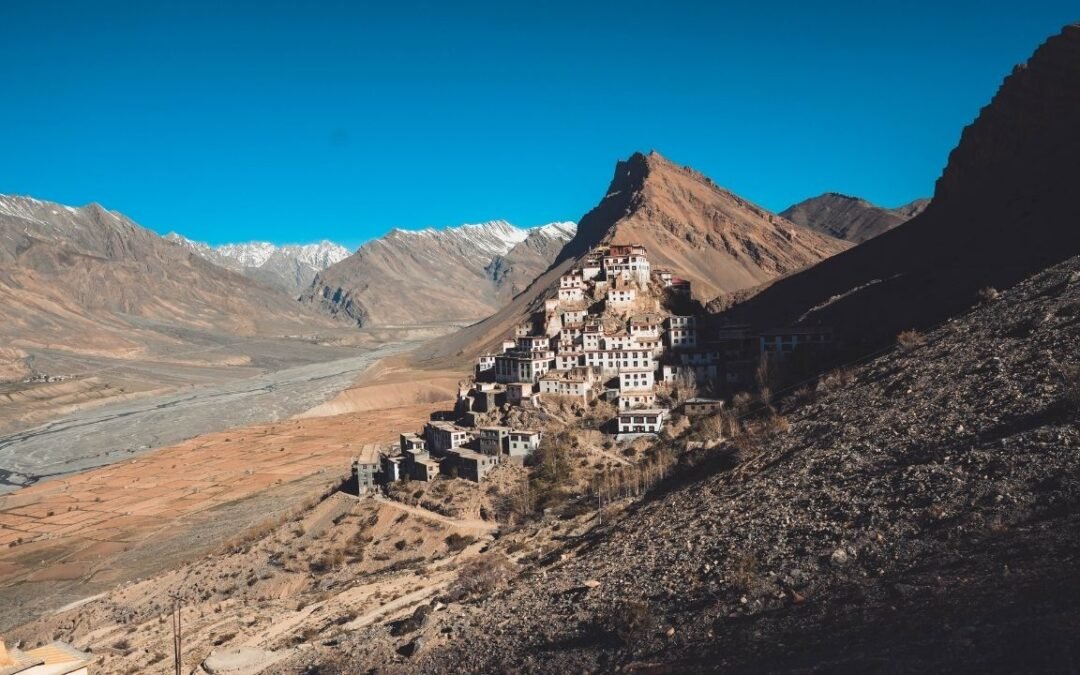
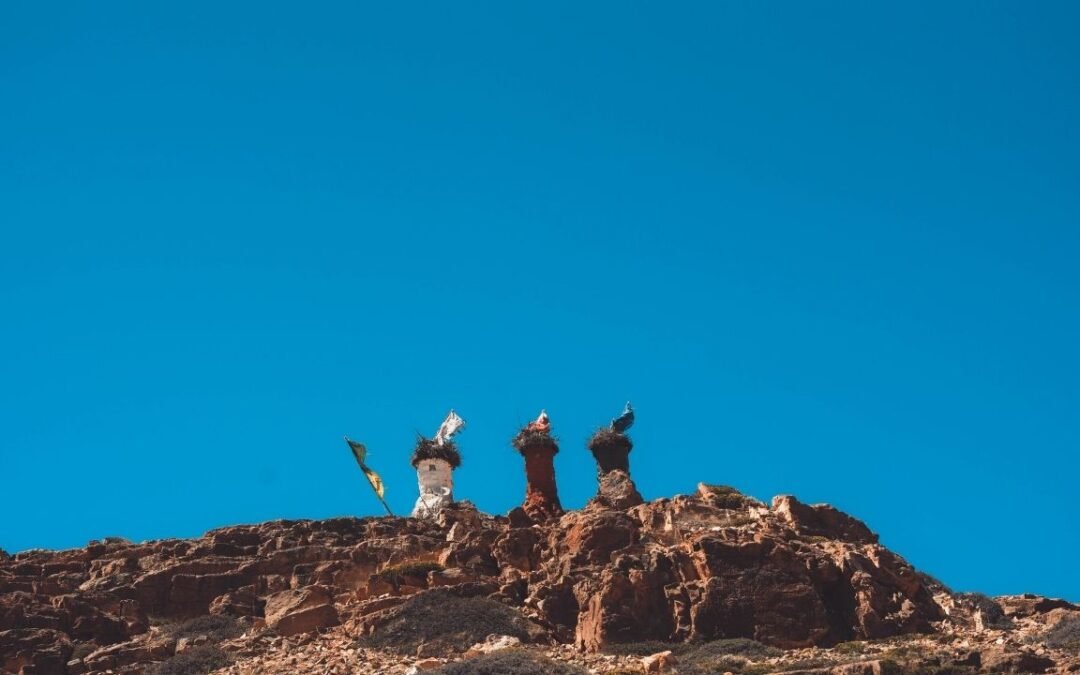
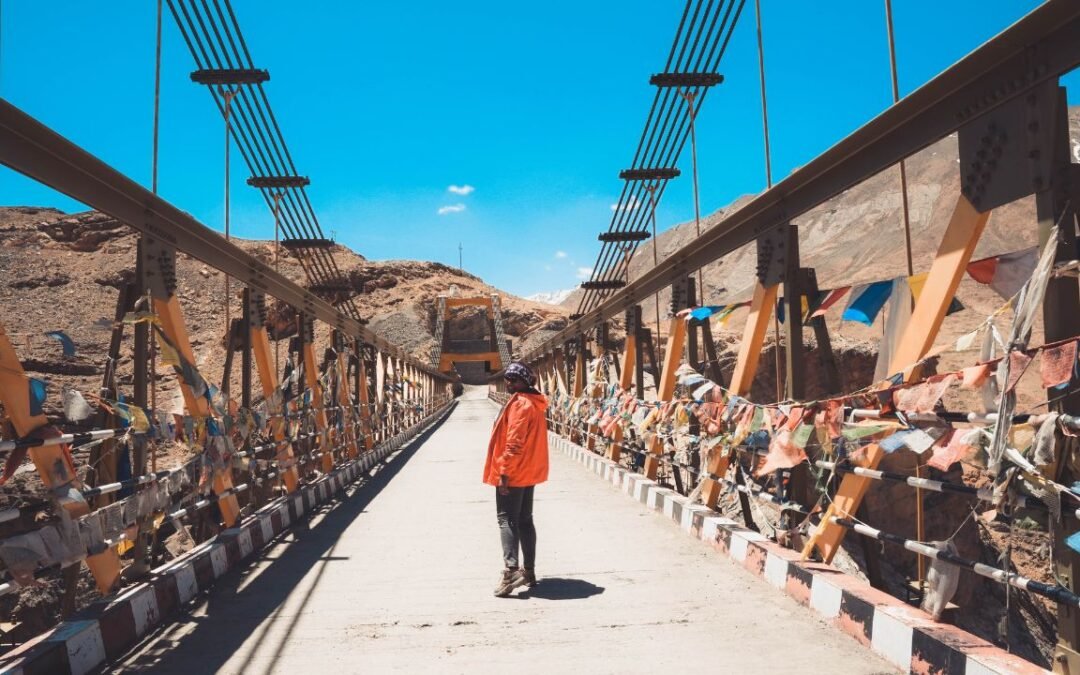
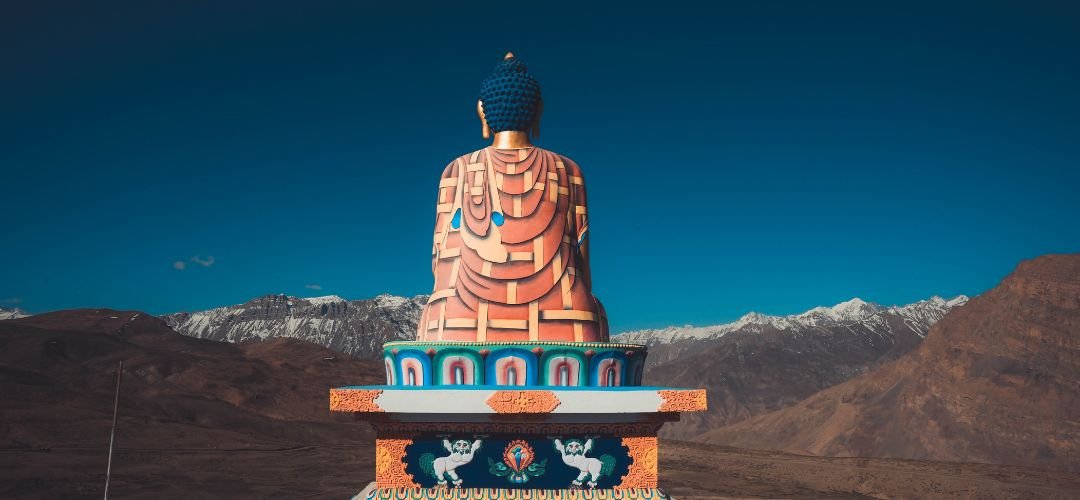
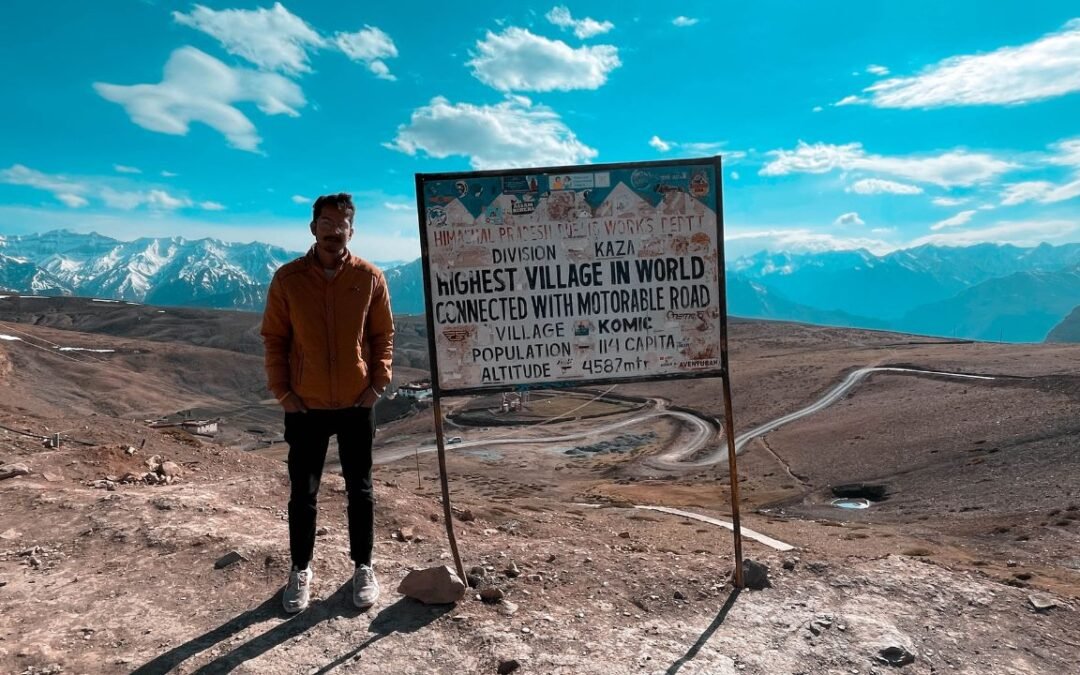
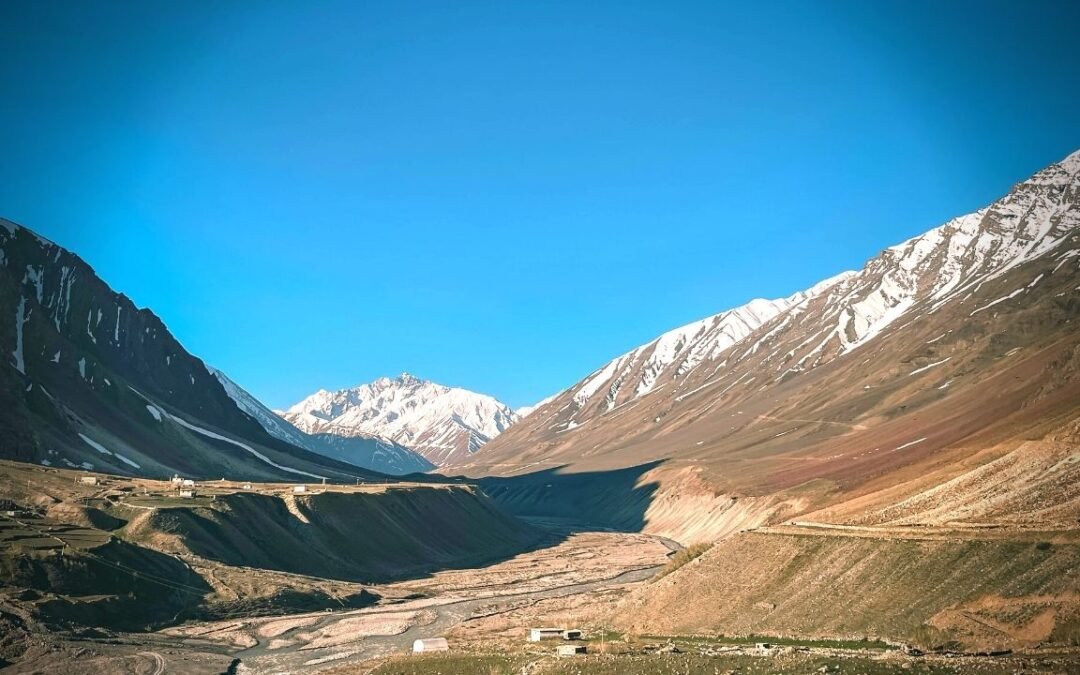
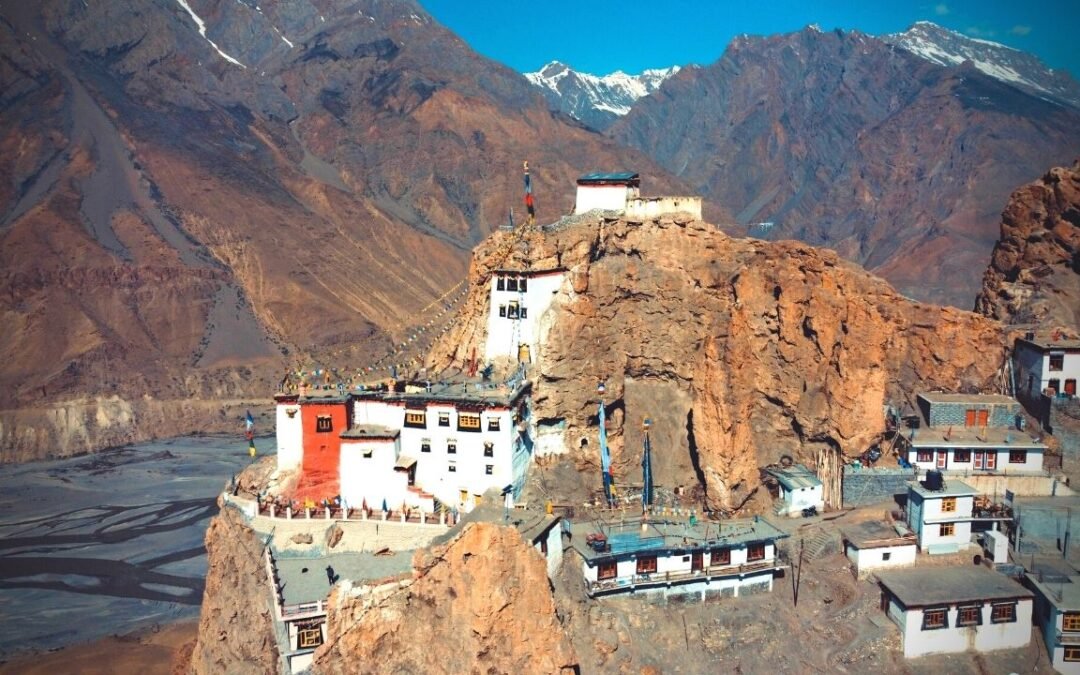
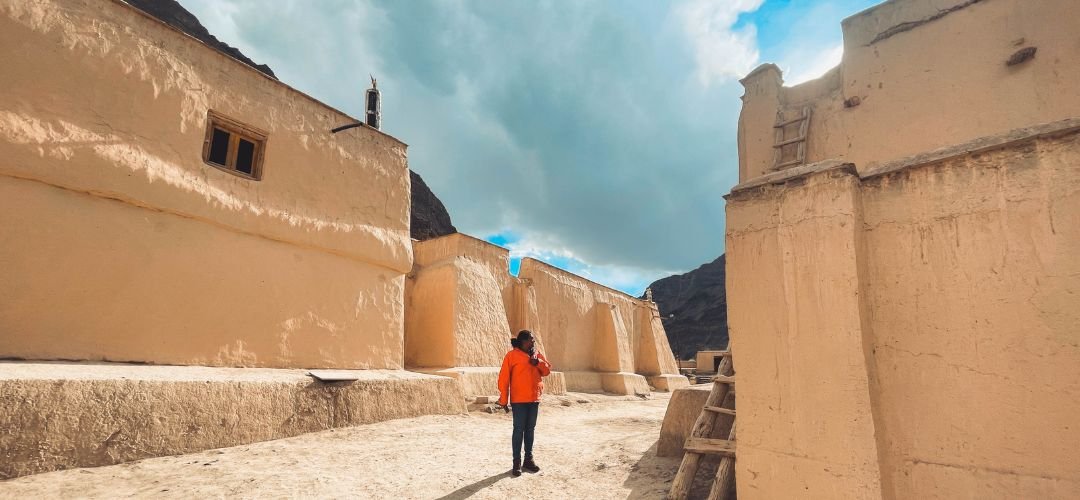
Absolutely mesmerizing! The blog beautifully captures the allure of Nako Lake and the enigmatic Gue Mummy Stupa in Spiti Valley. The vivid descriptions and stunning imagery transport readers to this mystical destination. Learning about the ancient history and cultural richness adds an extra layer of fascination. Eager to experience the charm of Nako Lake and the intriguing Gue Mummy Stupa firsthand. Kudos to the author for bringing Spiti Valley’s magic to life through this engaging piece!
Thank you so much for your comment.